At Niva Bupa, we will not sell fear, but sell possibilities and optimism: Nimish Agrawal
sdIn an exclusive with Adgully, Nimish Agrawal, CMO, Niva Bupa, highlights the company’s innovative marketing dashboard, the strategic use of digital spending and a non-metro push to enhance brand visibility, Niva Bupa’s unique campaign designed to shift consumer perceptions, growth strategy fomr 2024 and beyond, and more.
Could you provide an overview of Niva Bupa’s marketing dashboard, specifically focusing on digital spending and the strategic push in non-metro areas to enhance the brand’s share of voice?
Marketing dashboards consist of five pillars. The first one is APL spend, which is above the line communication, which happens in the large set of traditional networks which is TV, radio, print that’s one pillar of our marketing dashboard. The second is about digital. I will bifurcate into two key parts because digital is typically used as an amorphous topic. Under digital spending, one large area of focus for us is social because of the stickiness that social media has, and also about the engagement that you can drive through social media. The second aspect is around Search Engine Optimization. The third piece under digital marketing is our PPC (pay per click) spend, which is your search engine marketing display. Performance marketing spends are typically divided into SEO spends and PPC spend. So, all your biddable platforms like Google, Meta, even Hotstar, and YouTube, are part of this PPC spend, unless we are doing a tentpole property like the World Cup, or an IPL, wherein Hotstar, on those properties become part of the ATL spends.
Now, in the PPC area, what we are driving on what we look at essentially is what are the keywords that you’re targeting, what kinds of affinities, behaviour and life stages we are targeting. For example, let’s say you recently moved from Bangalore to Mumbai, and if you’re married, you would look for schools around your residence, you would look at hospitals, or somebody who’s looking for hospital is a consumer may be interested in health insurance. So, there are some activities and some life stages that we target on the PTC standard.
The third word that we look at from targeting our marketing dashboard is ORM (Online reputation management), which is social listening. We are a service industry. People have questions, grievances, as well as appreciation. Unfortunately, the grievances are higher compared to the positive tidbits that come from consumers from time to time. How are we responding to consumer queries? Is somebody managing those escalations? That is something that we need to keep a very, very close eye on – leveraging a lot of social listening or social insights tools that we have partnered with. Essentially, this is what our marketing dashboard looks like in terms of input parameters.
In terms of output, we track the progress of the brand through various metrics. We conduct a monthly Nielsen Brand Health Metrics study, analyse Google search queries, monitor website traffic (both organic and paid), and assess the Net Promoter Score (NPS) or net sentiment score on social media. These factors form the core of our monthly marketing reviews.
The ReAssure 2.0 Plan introduces several industry-first features. Could you delve into the thought process behind the plan and how it aligns with Niva Bupa’s broader objectives in the health insurance sector?
The insurance distribution model involves advisors, banks, and NBFCs, yet health insurance penetration remains below 3% in India. To disrupt this, technology is crucial, focusing on delivering it directly to consumers. The challenge lies in driving relevance, as many view health insurance as an unnecessary expense. Secondly, insurance is also delayed gratification – when you spend Rs 30,000 on buying something, you have something tangible to show; but when you pay Rs 30,000 in premiums, there is nothing to show unless you have to be hospitalised, and nobody wants to get hospitalised. So, it is a delayed gratification category.
Looking at some of the reasons why consumers do not buy health insurance is how we have developed Ressurance 2.0 – an industry-first carry forward initiative. That the unique aspect of carry-forward initiative works is evident in our compelling advertisements, distinguishing us from traditional insurance. The consumer insight driving this innovation is rooted in the Indian aversion to waste. With a saving mindset, if a person doesn’t fully utilise their Rs 10 lakh sum insured, it carries over to next year’s renewal, providing a tangible benefit regardless of whether a claim is made or not.
Secondly, as individuals focus on career growth and financial success, 76% recognise the importance of health insurance, according to research from a survey conducted by an insurance aggregator covering 27,000 people in 27 cities. Despite this awareness, many delay purchasing insurance. To address this, we introduce age lock, where the premium remains the same if claimed by the age of 35 after starting at 25. This innovative feature encourages young individuals to invest in health insurance, providing long-term benefits as they age.
Could you share insights into the conceptualisation and execution of the current campaign, shedding light on the key elements that differentiate it within the health insurance market?
We collaborated with Leo Burnett, our mainline agency. When crafting the advertising brief, we set three key guidelines. First, we acknowledged that health insurance is often overlooked as a conversational topic due to its complexity. We urged the agency to make it relatable, connecting it to everyday scenarios such as people in the gym or sharing an elevator. The goal was to integrate the category into normal, everyday conversations among regular individuals, and not just those in a hospital setting.
As we transition from Max Bupa to Niva Bupa, we very clearly said that we will not sell fear, we will sell possibilities, we will sell good health and we will sell optimism. And that’s the reason why our brand proposition is called ‘Zindagi Ko Claim Karde’. We went 80% digital for this and 20% ATL.
With the integration of new-age technologies like Generative AI and Edge Computing, how do you foresee these advancements impacting the insurance sector, and what role do they play in Niva Bupa’s strategies?
As a company, we, like many others, are exploring the use of generative AI for customer service, particularly through interfaces like chatbots. This is a key focus for us. We’re in discussions with various partners to integrate generative AI into telecom insurance, a complex product that often requires explanation. Our goal is to streamline the purchase process, as currently, less than 3% of our business comes from consumers who independently buy insurance online. The majority (97%) involves a telecaller guiding the consumer through the process.
In addition, we are exploring the possibility of AI-generated callers who, without human intervention, can provide information based on extensive data gathered over the last five years. This data includes around 1,500 daily conversations, allowing us to train the AI model to handle common queries regarding health insurance.
Another area of experimentation involves leveraging AI for marketing text. While we can generate creative content, our focus is on combining human insight with technology to craft compelling campaigns. One exciting use case is creating content in multiple languages, going beyond the current translation efforts. With AI, we can produce hundreds of renditions in various dialects, making our literature and advertisements more accessible to diverse audiences in India.
How was 2023 for Niva Bupa?
We had a remarkable year in 2023 on three key fronts. Firstly, the internal perception of the marketing function within our insurance company has elevated significantly. With consumers now showing interest in the category, the marketing team is increasingly tasked with creating consumer insights and driving demand. A notable indicator is the 32% increase in Google searches for health insurance post-pandemic, emphasising the need for customized and consumer-centric approaches.
Secondly, there’s a newfound openness to experimentation and investment. We’re running diverse experiments, including Chatbots and targeted YouTube campaigns for specific demographics like working women, senior citizens, and those with diabetes. This approach allows us to tailor benefits to different consumer cohorts, reflecting a significant shift in our strategy.
Lastly, there’s a notable increase in investment, talent, and resources in our marketing department. This is crucial as the overall marketing spend in the health insurance industry is traditionally below 0.5%. The company recognises the changing landscape of consumer awareness and is strategically bolstering our marketing capabilities to meet evolving demands.
Could you highlight some of the significant insurance trends?
Three significant trends are emerging, not just in 2024, but in the years ahead. Firstly, there’s a notable shift in the demographics of health insurance interest. While the average customer age remains 37, nearly 40% of our website traffic comes from individuals under 35, indicating a growing curiosity among younger consumers.
Secondly, there’s a marked increase in women’s participation in health insurance decisions. With the rise of direct-to-consumer models and online purchases, women are becoming more actively involved in buying insurance policies, expanding the market to a previously untapped segment.
Lastly, there’s a strategic focus on leveraging digital technology as a horizontal across the company. This involves enhancing the consumer experience on the website and app, minimising friction, and implementing streamlined processes such as one-click claims and policy generation. The goal is to utilise technology as an enabler throughout the entire spectrum of awareness, purchase, customer service, and claim management.





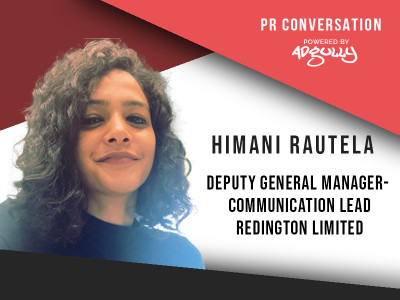
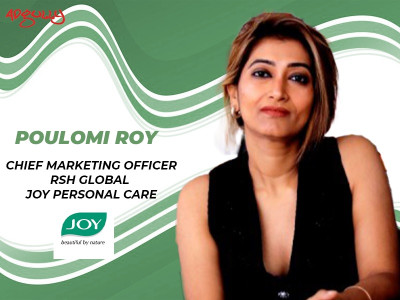




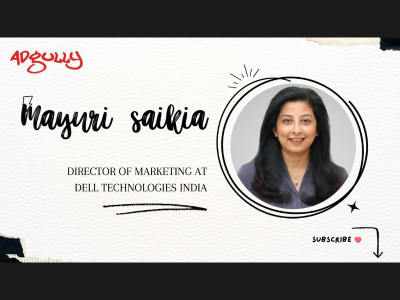
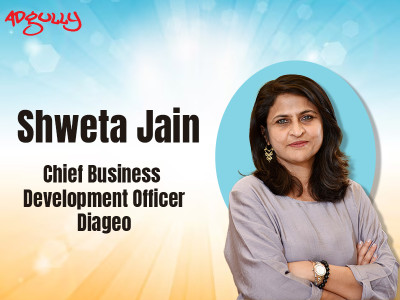
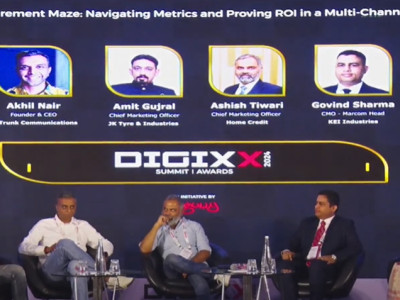

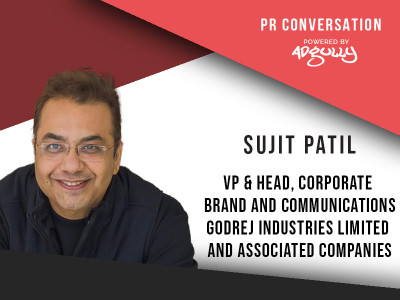


Share
Facebook
YouTube
Tweet
Twitter
LinkedIn